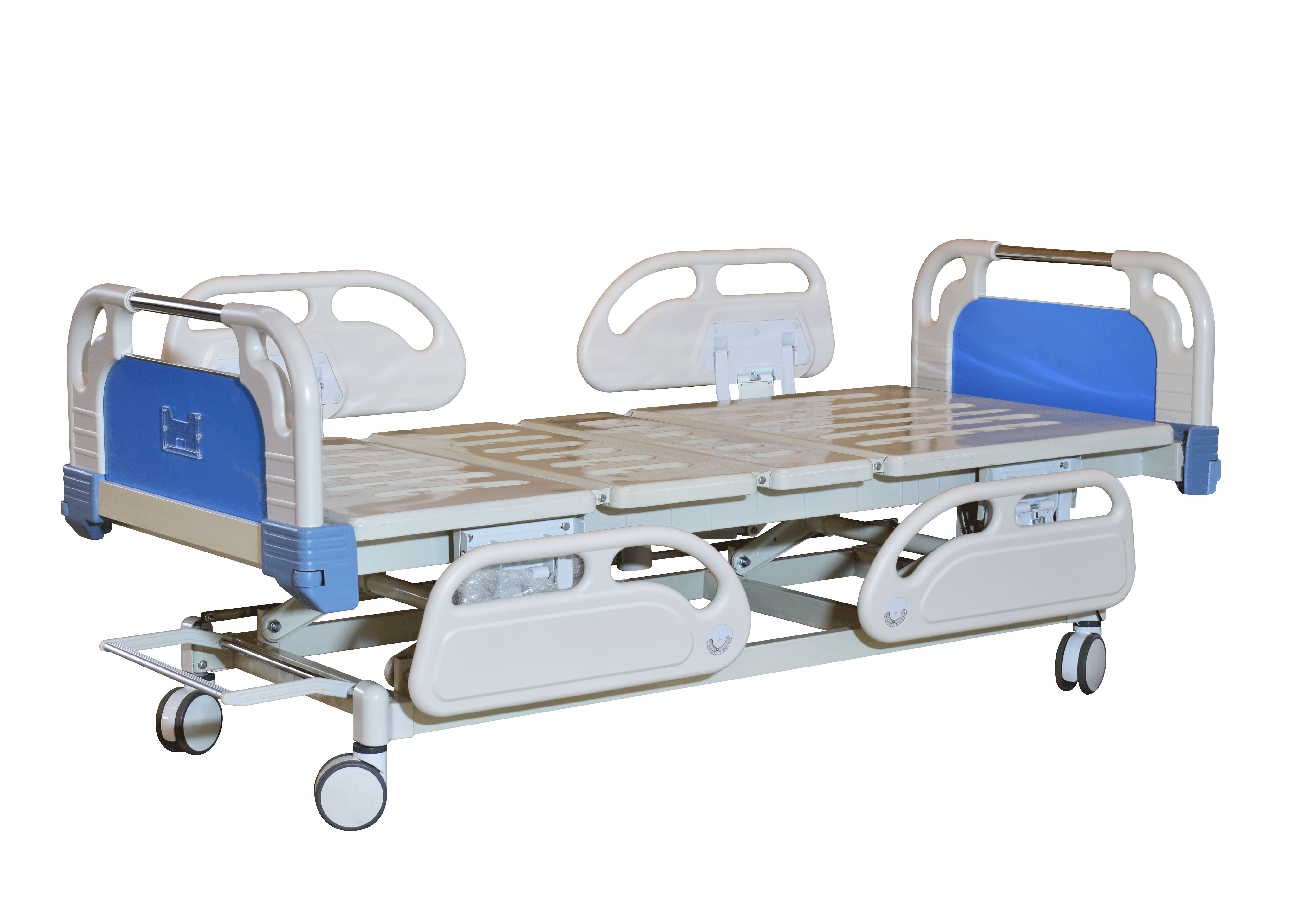Welcome to our websites!
Innovative Tools for Effective Rehabilitation Strategies and Patient Care Solutions
The Role of Rehabilitation Instruments in Modern Therapy
Rehabilitation instruments play a pivotal role in the recovery and rehabilitation processes for individuals recovering from injury, surgery, or illness. These tools are designed to support, enhance, and accelerate recovery, ensuring that patients regain their strength, mobility, and independence. This article explores the various types of rehabilitation instruments, their applications, and the profound impact they have on patient outcomes.
Understanding Rehabilitation Instruments
Rehabilitation instruments encompass a broad range of tools and devices that assist in physical, occupational, and speech therapy. These instruments can be categorized into several types
1. Therapeutic Equipment This category includes exercise machines, resistance bands, and weights. Such tools are essential for strengthening muscles, improving cardiovascular fitness, and enhancing overall physical function. Patients recovering from orthopedic surgeries, for example, often use therapeutic equipment to rebuild strength and mobility.
2. Assistive Devices Walkers, canes, crutches, and wheelchairs fall under this category. These devices are crucial for individuals with mobility impairments, allowing them to navigate their environment safely. Assistive devices not only provide physical support but also promote independence and confidence in patients as they recover.
3. Adaptive Technology In the realm of occupational therapy, adaptive technology includes tools designed to make daily activities easier for individuals with disabilities. This includes specialized kitchen utensils, writing aids, and computer software that enable effective communication. Such technology is vital for enhancing the quality of life for those with significant physical limitations.
4. Modalities and Equipment for Pain Management Instruments such as ultrasound machines, electrical stimulation units, and heat/cold therapy packs help manage pain and discomfort during rehabilitation. These modalities enhance the healing process by promoting blood circulation, reducing inflammation, and alleviating pain.
rehabilitation instruments

The Impact of Rehabilitation Instruments
The integration of rehabilitation instruments into therapeutic practices has significantly improved patient outcomes
. Research has demonstrated that early intervention using appropriate instruments can lead to faster recovery times, reduced healthcare costs, and improved quality of life for patients.1. Enhanced Recovery Utilization of rehabilitation instruments allows for more targeted and effective therapeutic interventions. For instance, progressive resistance training can improve strength and joint stability, which is crucial in rehabilitation after joint replacements.
2. Patient Empowerment Rehabilitation instruments empower patients to take an active role in their recovery. When patients can physically engage with their rehabilitation process through the use of various tools, they are often more motivated and committed to their treatment plans.
3. Customization of Therapy The diversity of rehabilitation instruments allows therapists to tailor treatment plans to the specific needs of each patient. Personalizing therapy increases the likelihood of successful outcomes, as therapies can be adjusted to match the progress and goals of the individual.
4. Tele-rehabilitation The rise of technology has led to the emergence of tele-rehabilitation, where instruments can be used in conjunction with digital platforms. Therapists can monitor progress remotely, providing exercises and guidance through video consultations. This approach has become especially valuable in situations where in-person visits are not feasible.
Conclusion
Rehabilitation instruments are essential components of modern therapeutic practices, providing invaluable support to patients on their journey to recovery. With a wide range of tools designed for various functions—ranging from physical to occupational therapy—they not only facilitate improved rehabilitation outcomes but also enhance the quality of life for individuals with disabilities. As technology advances, the effectiveness and accessibility of rehabilitation instruments will continue to evolve, bringing hope and healing to countless lives around the world.
-
Transforming Healthcare with Hospital FurnitureNewsJun.24,2025
-
Rehabilitation EquipmentNewsJun.24,2025
-
Mobility and Independence with WheelchairsNewsJun.24,2025
-
Freedom of Mobility with Our Rollator WalkersNewsJun.24,2025
-
Comfort and Independence with Commode ChairsNewsJun.24,2025
-
Bathing Safety and Independence with Shower ChairsNewsJun.24,2025
-
Navigating the Wholesale Landscape of Electric Mobility Solutions: Key Considerations for Power Wheelchair DealersNewsJun.10,2025











